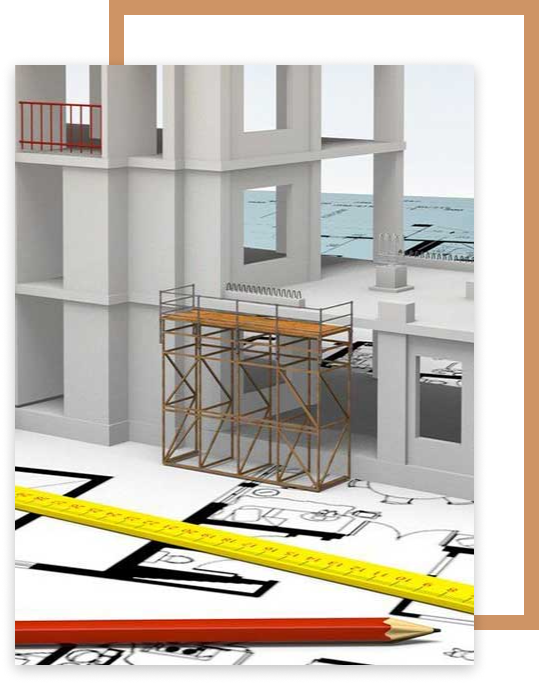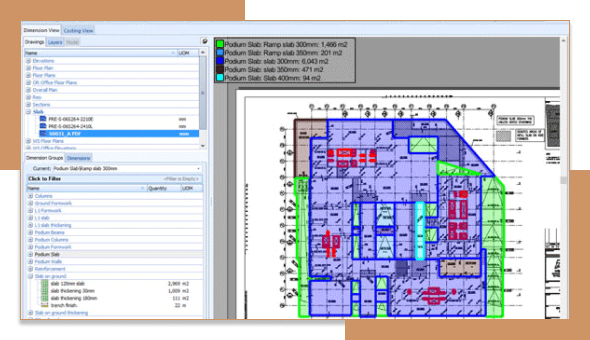



Estimating (pricing the works) and tendering (submission of the customers offer) are arguably two of the most important tasks for a contractor.
It is important to understand the whole of the scope of work, and to establish detailed pricing for any construction project. The level of detail required not only contributes to the confidence of the price for the works, but also enables the construction team to manage the budget sufficiently.
A typical estimating process includes the following steps:
1. Read the invite and understand the format of the. offer required. For example, it is often the case in open (blind/competitive) tenders that price and non-priced attributes are submitted separately. This is so that non priced attributes may be assessed without the knowledge of the price and vice versa.
2. Take off (measure) the works. A take off consists of identification and quantification of the works required. Take offs may then be checked and referred to at later times for quality control purposes.
3. Rate the works. This is the stage where rates are applied to the quantum of each element of the works. Rates typically consist of:
4. Labour rats (per hour),
5. Material rates (factored with waste as required. Note rates are often provided net i.e. including waste, this is to maintain accurate quantities),
6. Subcontractor pricing
7. Plant & equipment rates (typically applied as P&G costs such as access equipment, lifting equipment and site facilities),
8. Charges / Fees (such as local authority and/or consultancy fees)
9. An allowance for offsite overheads and profit margin.






In addition to the above, particular detail should be paid to the wording of the offer / tender itself.
When making an offer it is important to establish the terms of the offer in sufficient detail to avoid latent ambiguity and thus potential disputes.
Tender offers should include as a minimum:
1. A time period during which the offer is valid and subject to acceptance by the recipient,
2. An expressed list of documents which were used to arrive at the tender price, including document references and revisions, and an exclusion of other documents if applicable,
3. A programme of works to clearly establish the period of time required to perform the works,
4. A Tender sum which will be the price offered to complete the works,
5. A clearly identified list of assumptions and conditions of the offer.
Once the tender is submitted then the next step prior top contract execution is to ensure the tender offer is included in the contract as a relevant & precedent document. If the customer is unclear on whether the construction contract includes the terms of the offer then this is something we are able to assist with.